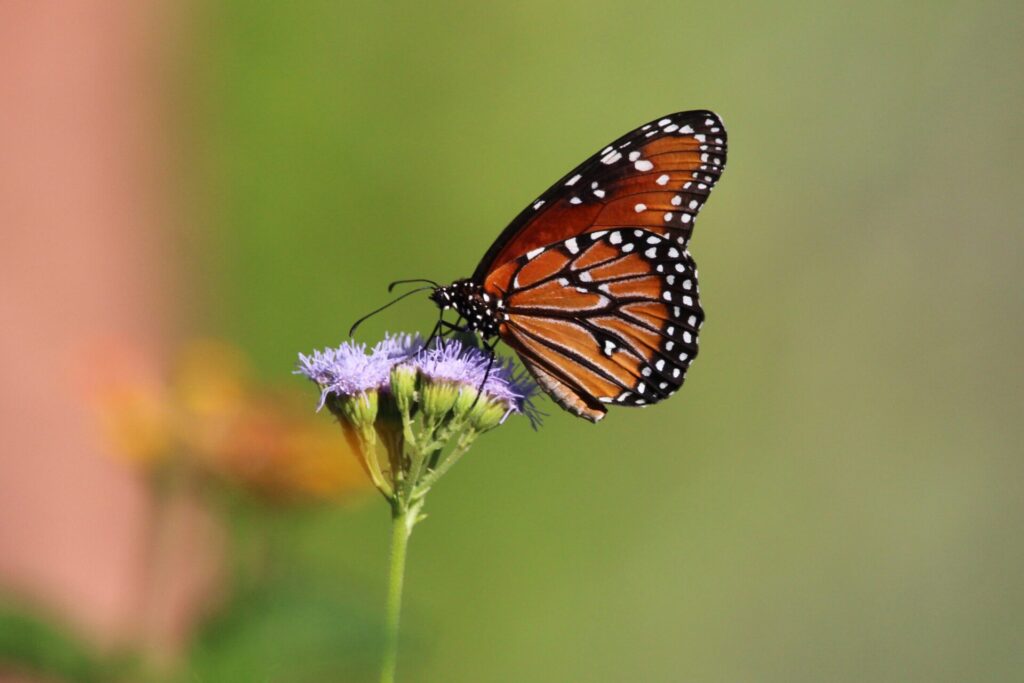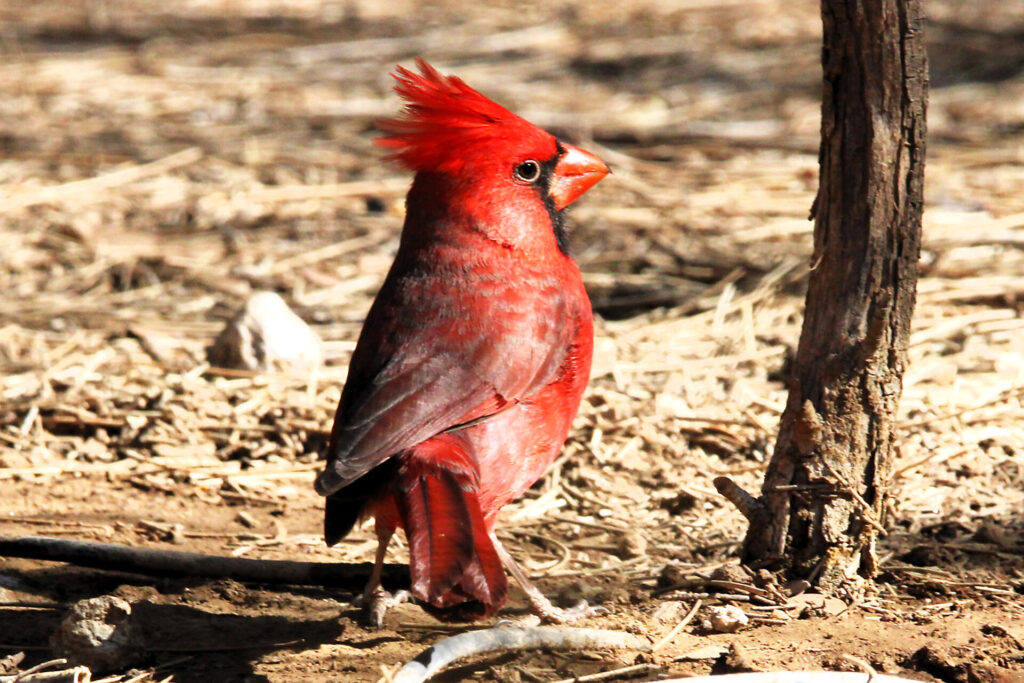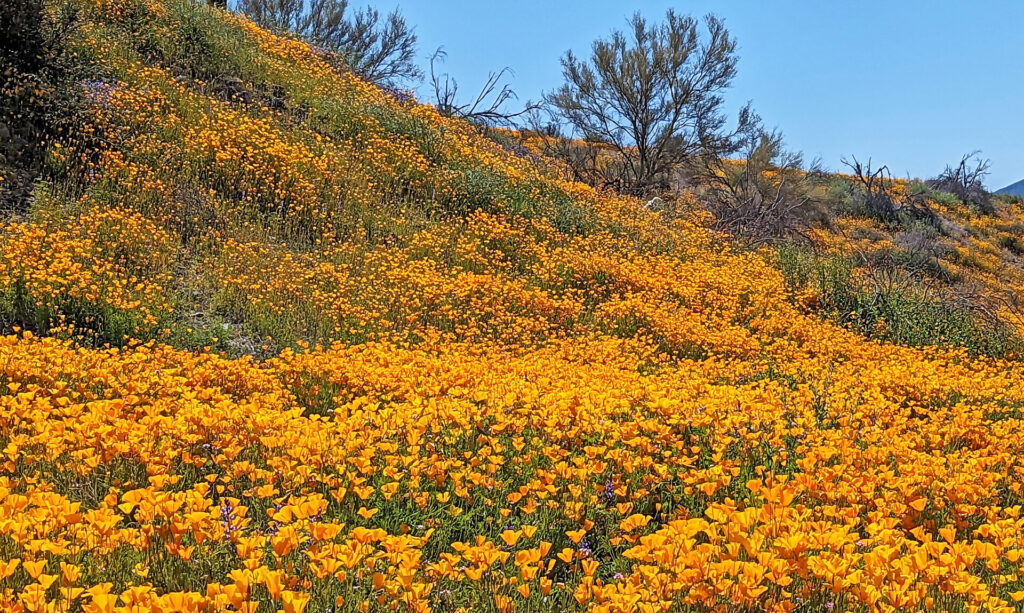Story and photos by Sally Mesarosh
Spring in Arizona is a pleasant prelude to scorching desert summers. Morning temperatures begin cool but climb steadily, sometimes reaching peaks of 70 to 80 degrees Fahrenheit by mid-afternoon. These temperatures create the perfect environment for cacti to bloom and wildflowers to grow in the Sonoran Desert, making it one of the lushest deserts in the world during spring months. Cactus flowers blossom in early spring, attracting desert birds and animals. The flowers mature into a bright red fruit with a mild, sweet flavor that the desert animals enjoy. You’ll often see woodpeckers and doves atop the cacti, pecking into the cactus fruit, enjoying the fruit and staining their beaks with the red juice. Photo opportunities are plentiful this time of year.
Additionally, African daisies and desert lupine flowers bloom in certain areas of the desert that have received enough moisture. To view the cacti, birds, rabbits and coyote amidst a field of wildflowers is a delight whether you snap a few photos or just enjoy the scenery. The best spots to see the lushness are Desert Breeze Park in West Chandler (great horned owls are often spotted there), Kiwanis Park in Tempe (peach-faced lovebirds), the Riparian Preserve in Gilbert and Greenfield Park in Mesa. Bald eagles have been seen lately at Greenfield Park and the Riparian Preserve. A bit farther out is Usery Park in north Mesa, where the nature center has bird feeders that attract small birds in the morning hours.

You’re likely to see lovebirds, woodpeckers, goldfinch and warblers. In Scottsdale, you can often view burrowing owls at Scottsdale Community College, near the north parking lot. These small owls and their babies peek out of the student-made burrows by the parking lot. They do most of their hunting during dusk and dawn when they can use their night vision to their advantage.

Also in Scottsdale, you’ll find eagles diving for fish in the lake at Chaparral Park on Hayden Road, plus Harris’s Hawks and Osprey often appear there. Look closely atop the electric poles and wires to see these raptors surveying the area. About 50 miles to the east of Wrangler News’ coverage area is Boyce Thompson Arboretum, the oldest and largest botanical garden in Arizona. You’ll find an abundance of plants, butterflies and birds. September is the top month for butterflies, with 35 species easily found in our area. The butterfly pavilion at Boyce Thompson is an excellent place to view these beauties.

However, as climate change prolongs heat cycles in the desert, the heat takes a toll on humans and other species they share the environment with, including butterflies. According to the U.S. Environmental Protection Agency, the period of extreme heat is lasting longer than in the past. Derek Kellogg, director of animal care at Butterfly Wonderland in Scottsdale, is concerned that “large and spectacular migrations” of butterflies are under threat. Kellogg said that Arizona’s extreme heat has resulted in less food for butterflies and caterpillars. Some scientists are less concerned about the numbers. “Monarchs can rebound from almost nothing,” said monarch scientist Andy Davis at the University of Georgia.
“Everything hinges on the availability of plants and resources in the spring.” From butterflies to birds to nature lovers, spring in the desert is not to be missed. Make a trip today to your favorite park, garden or arboretum to encounter the Arizona desert full of color and blossoms.

